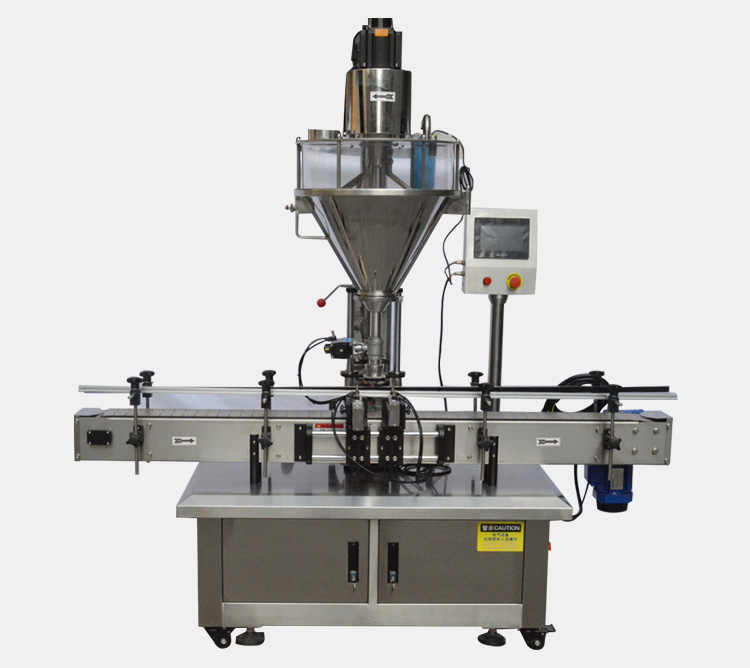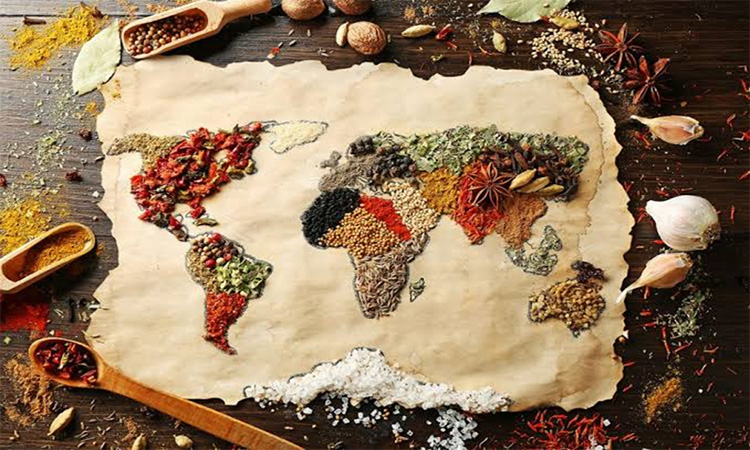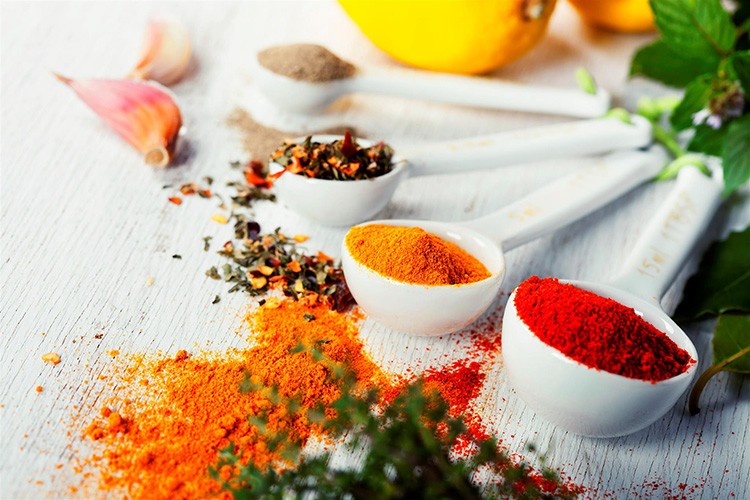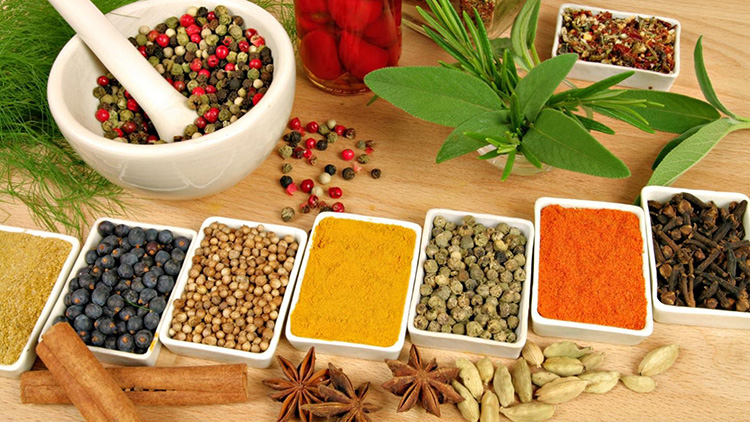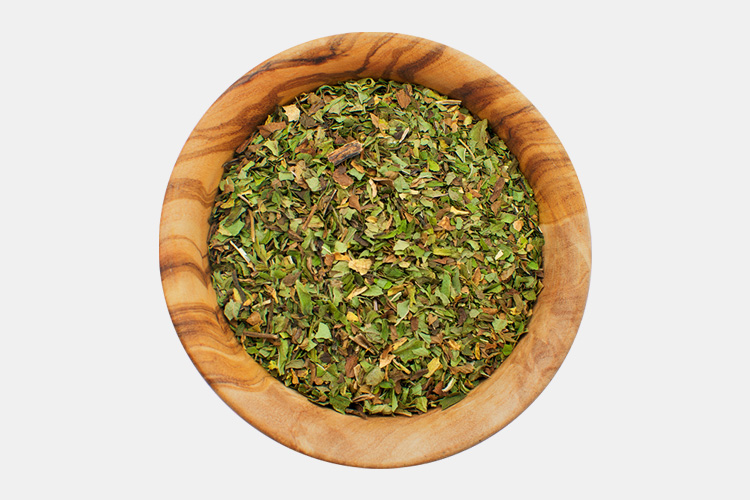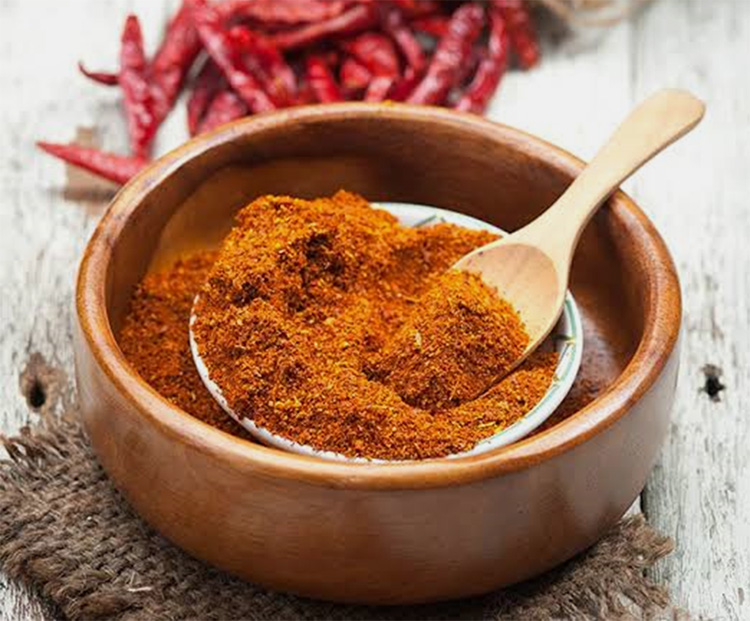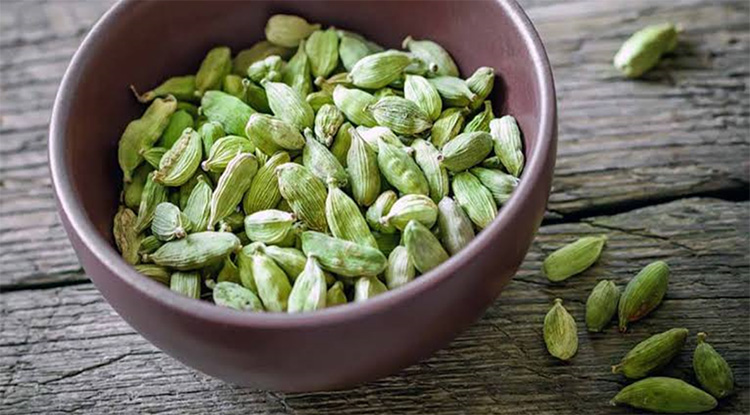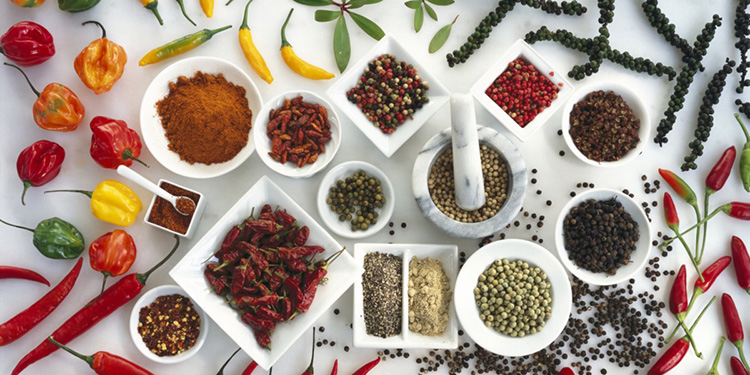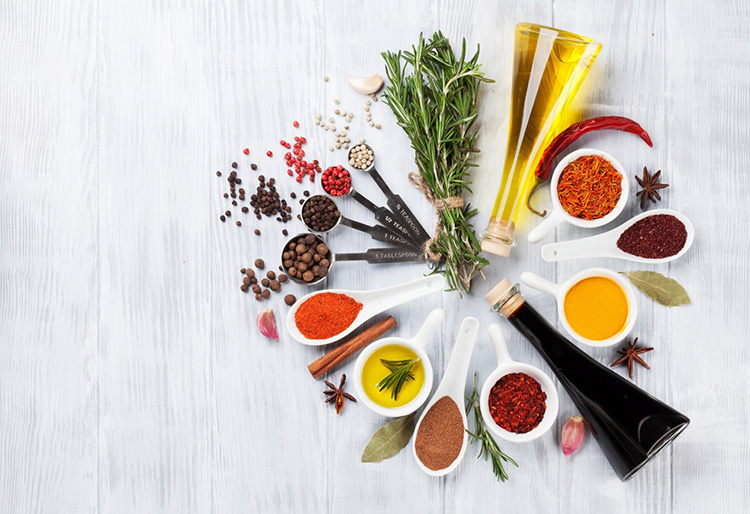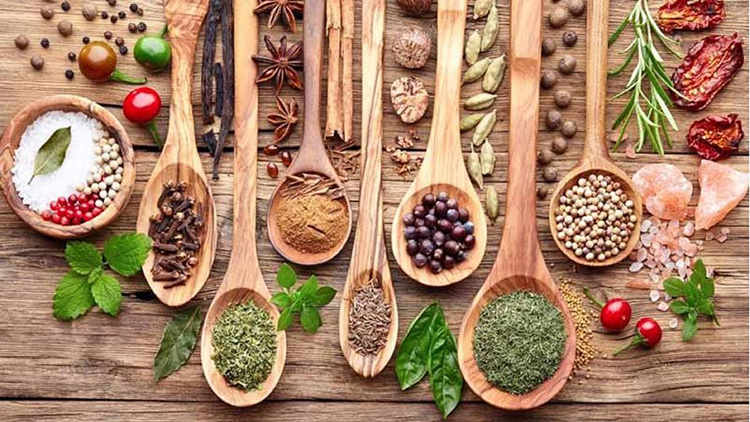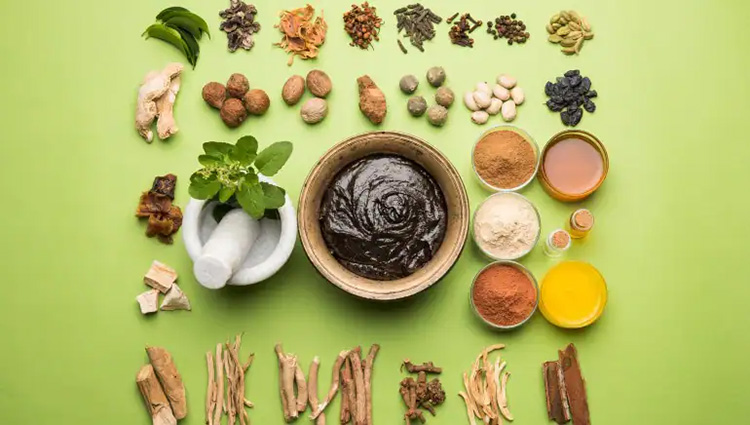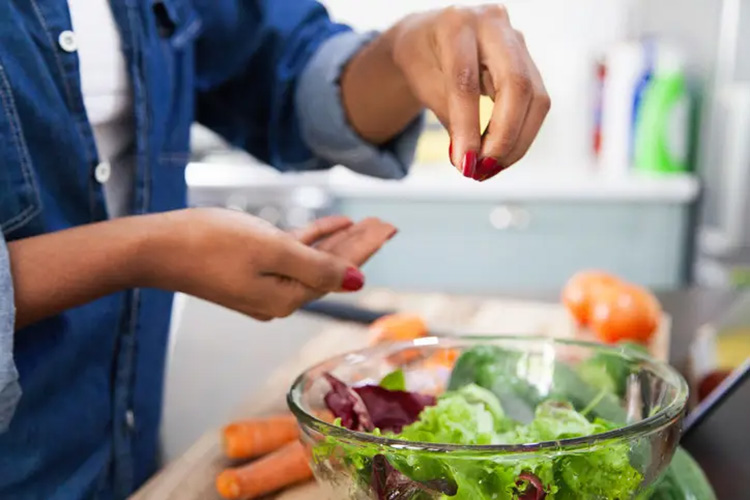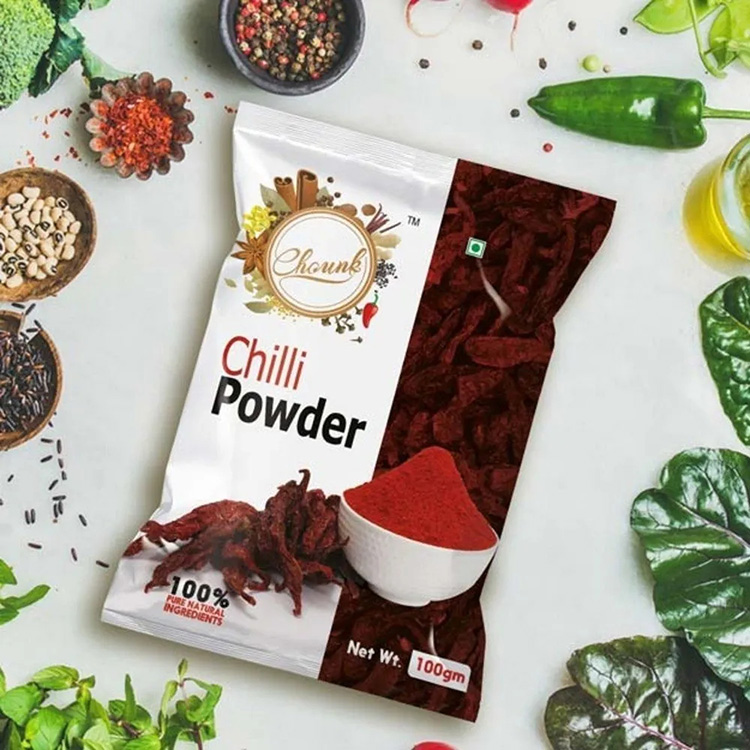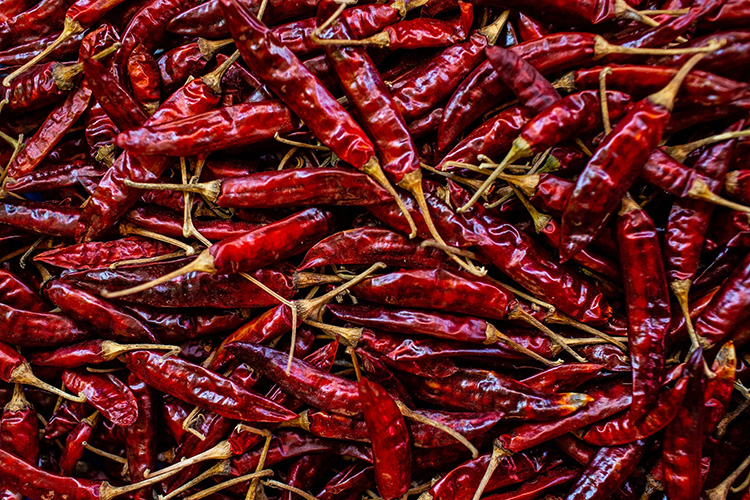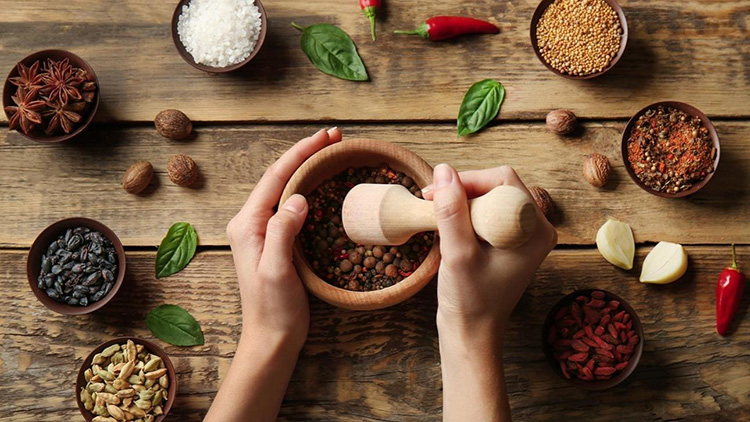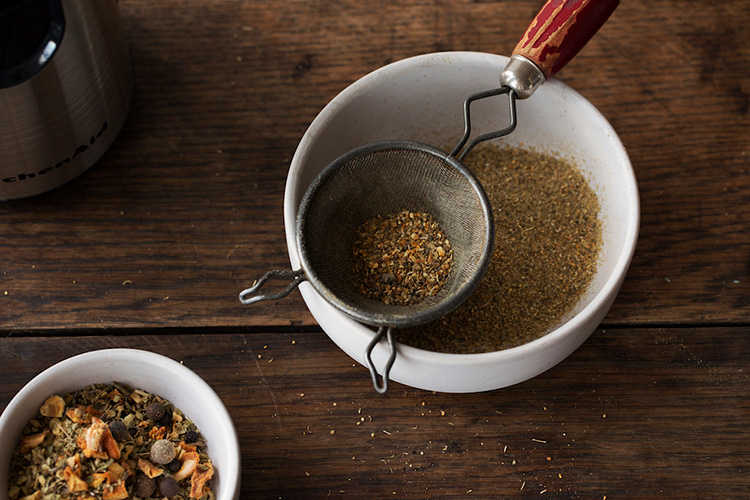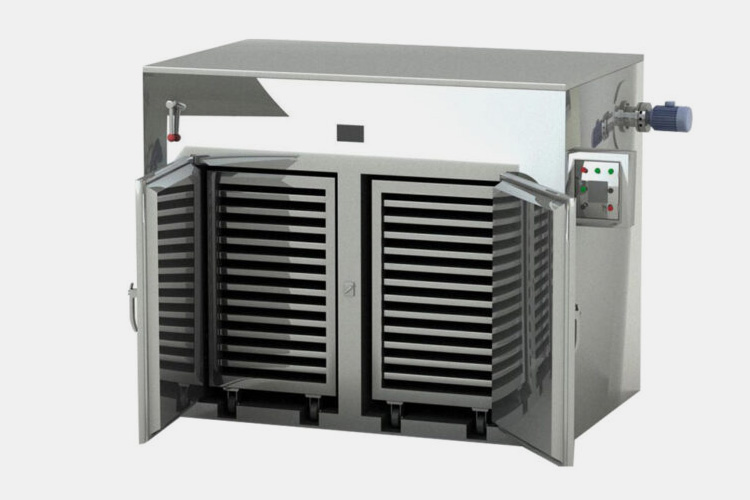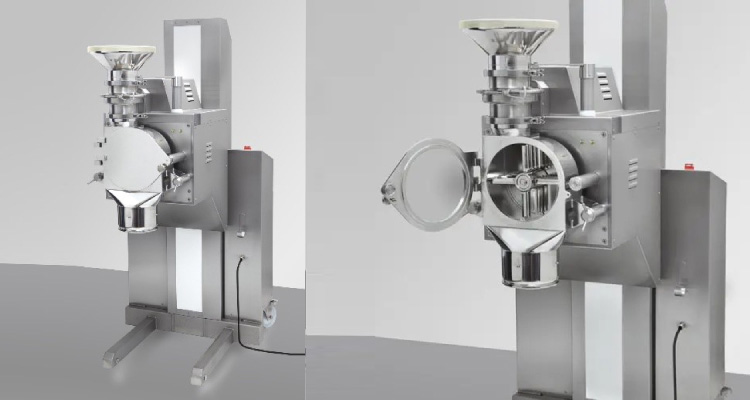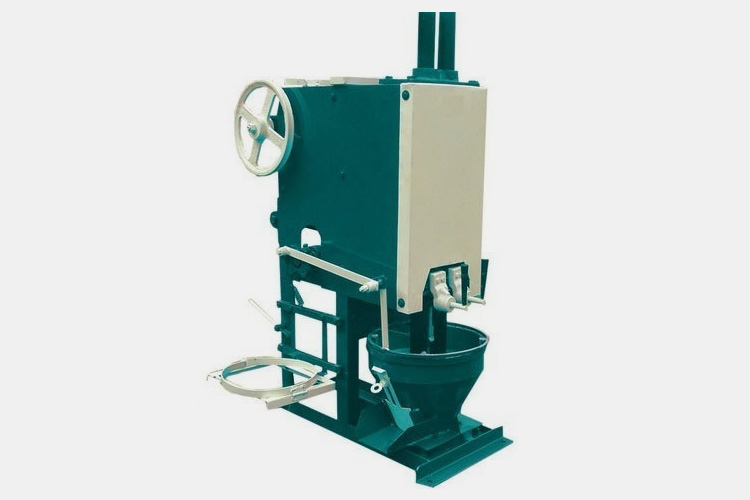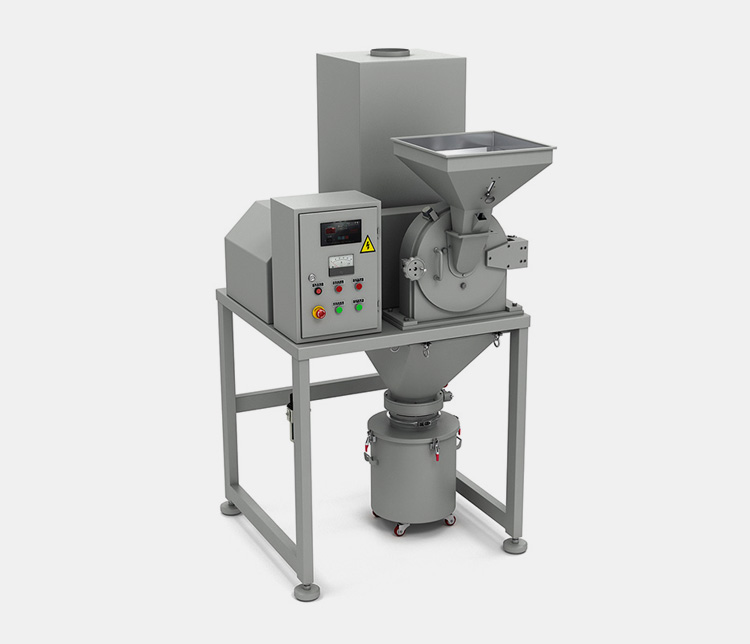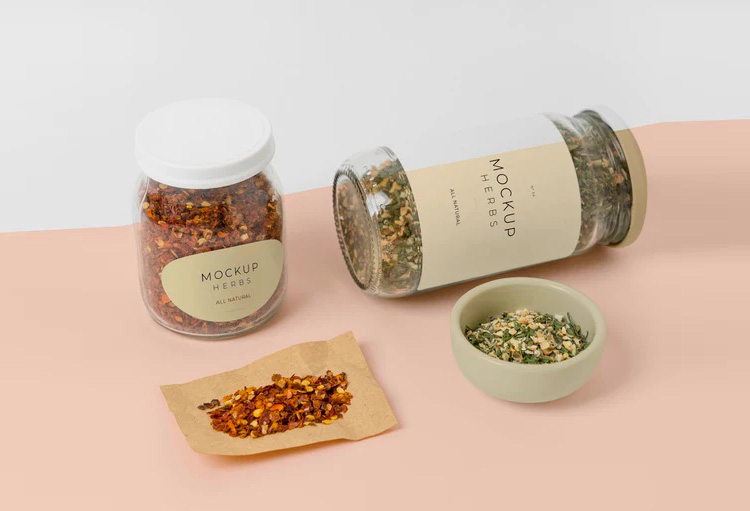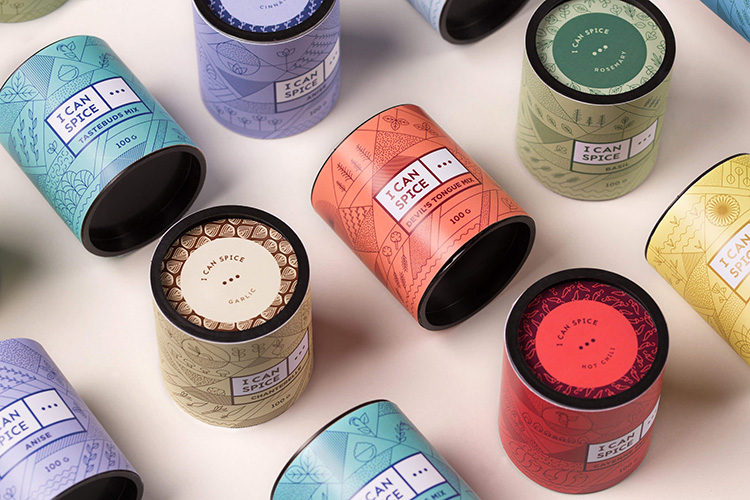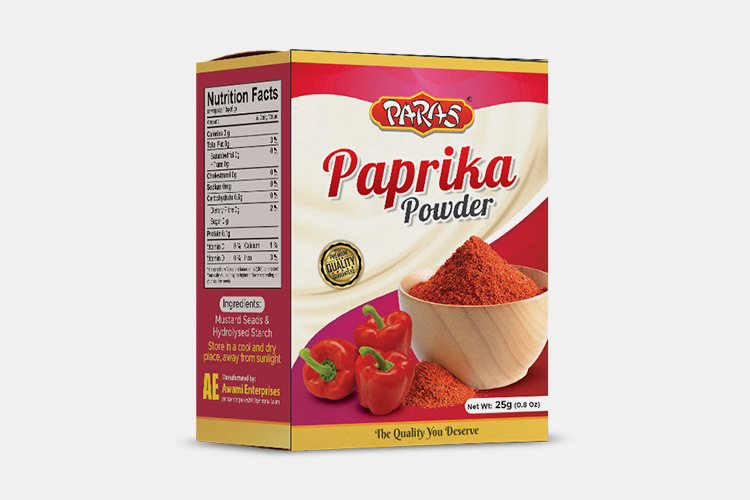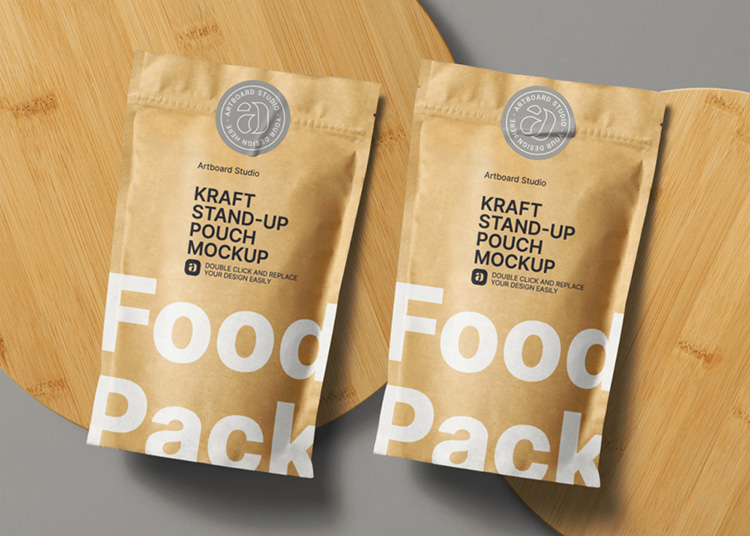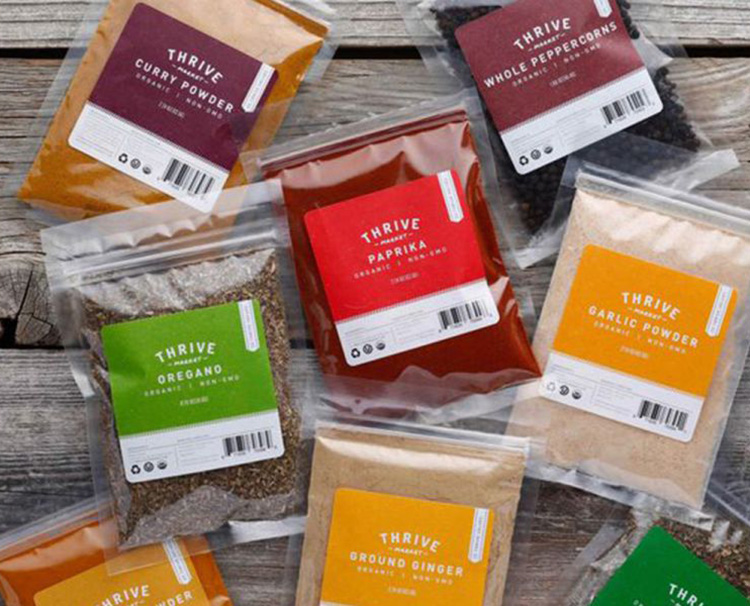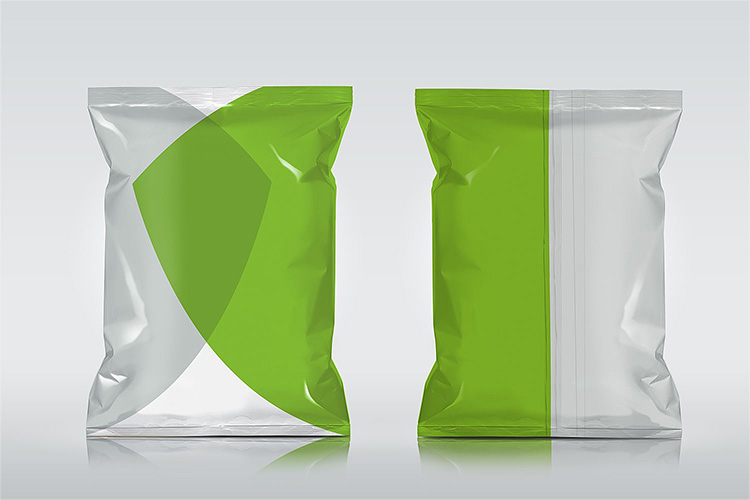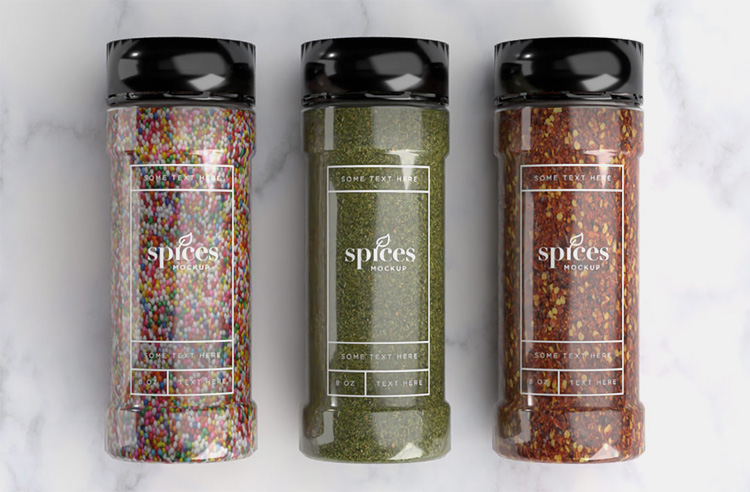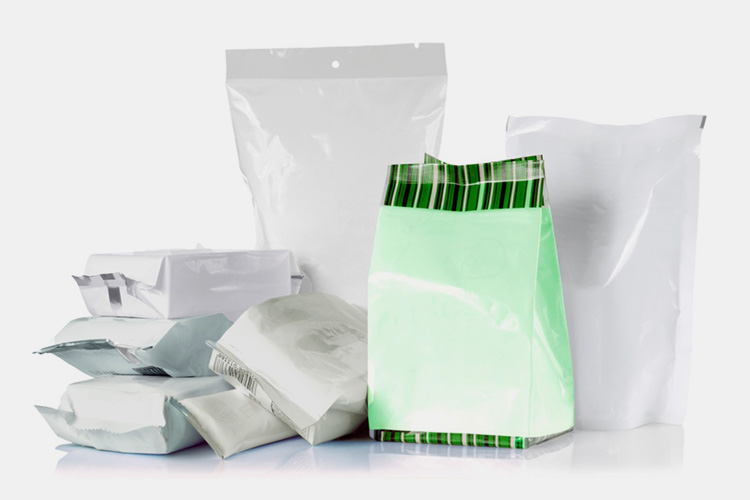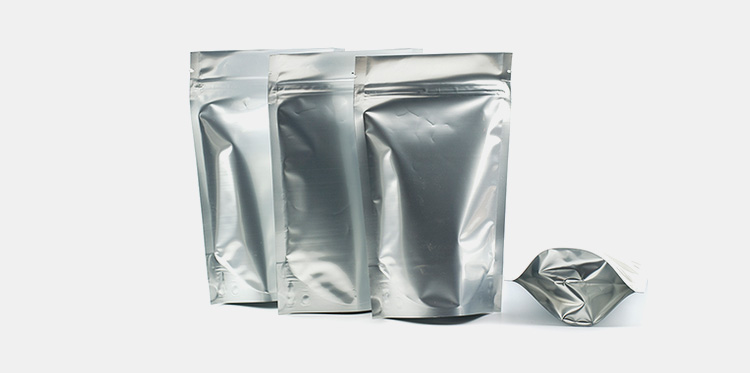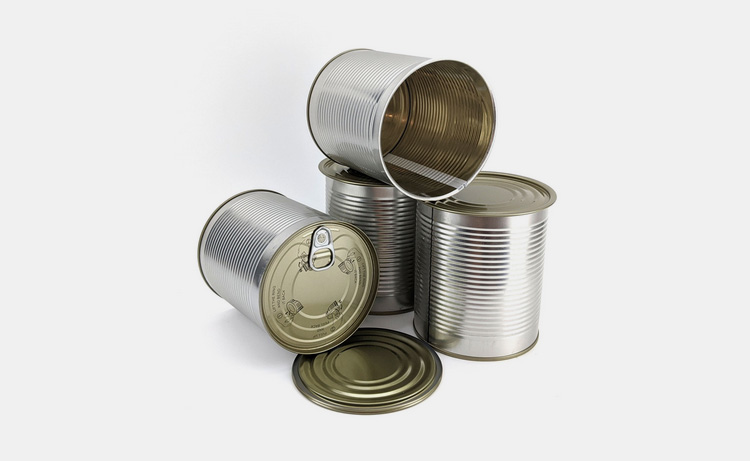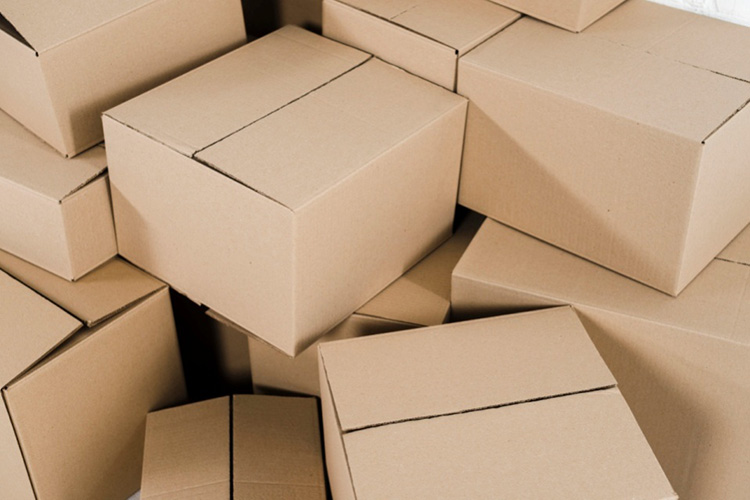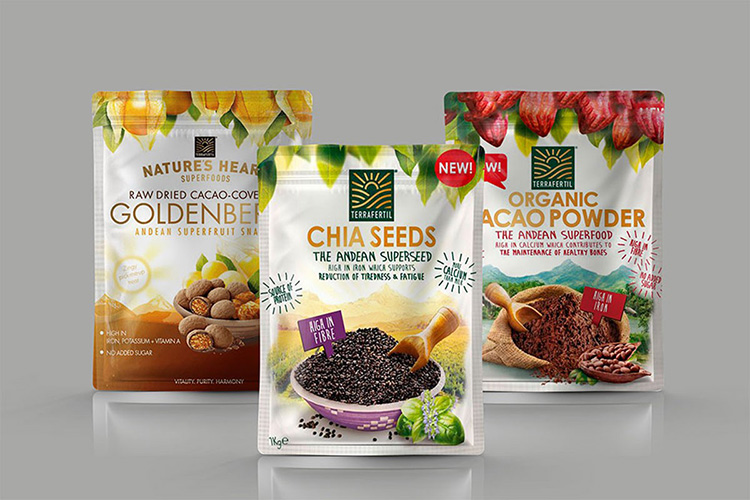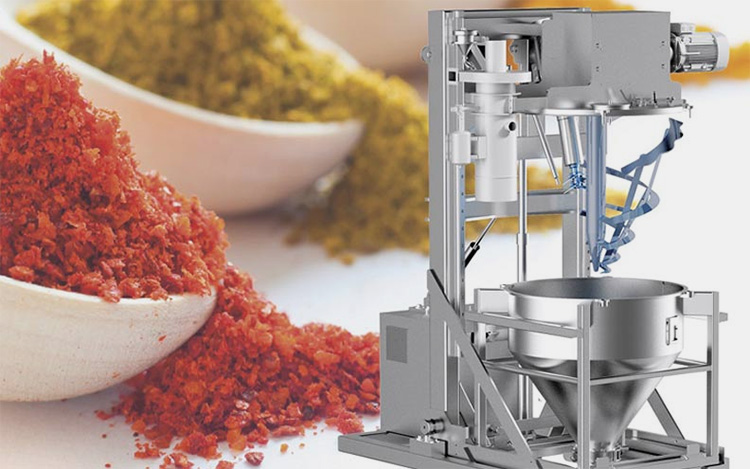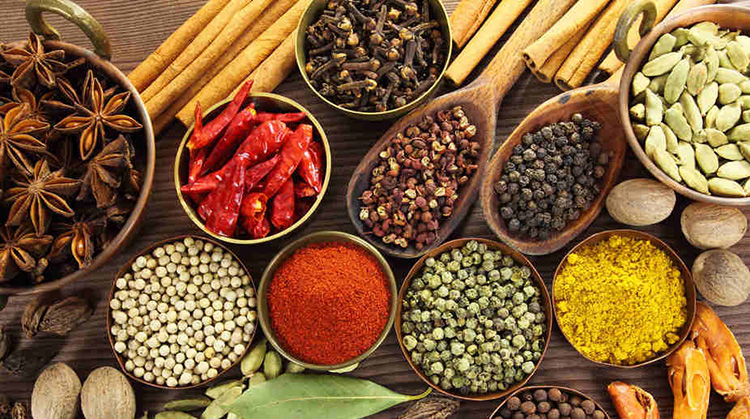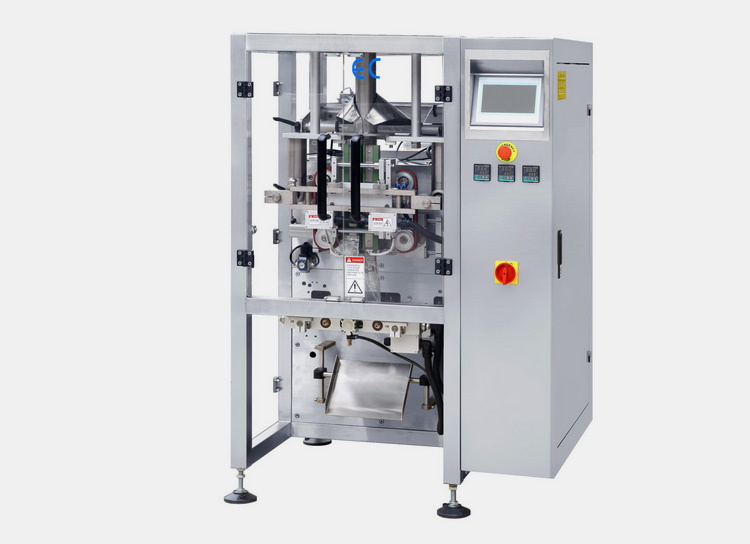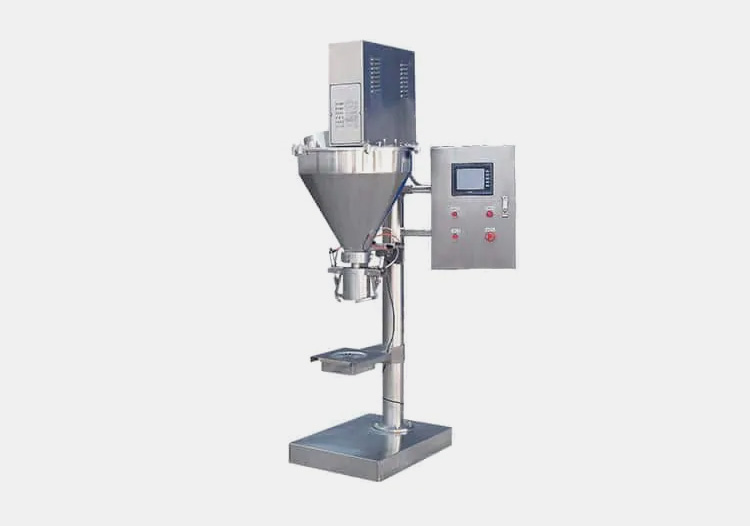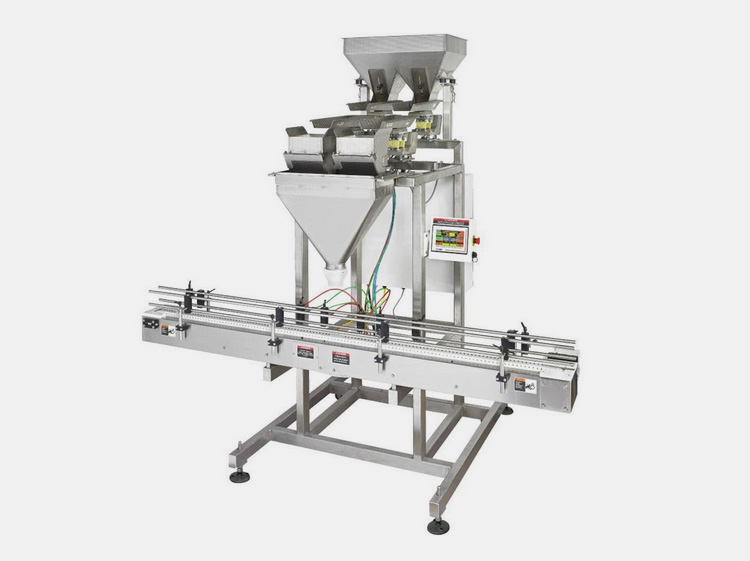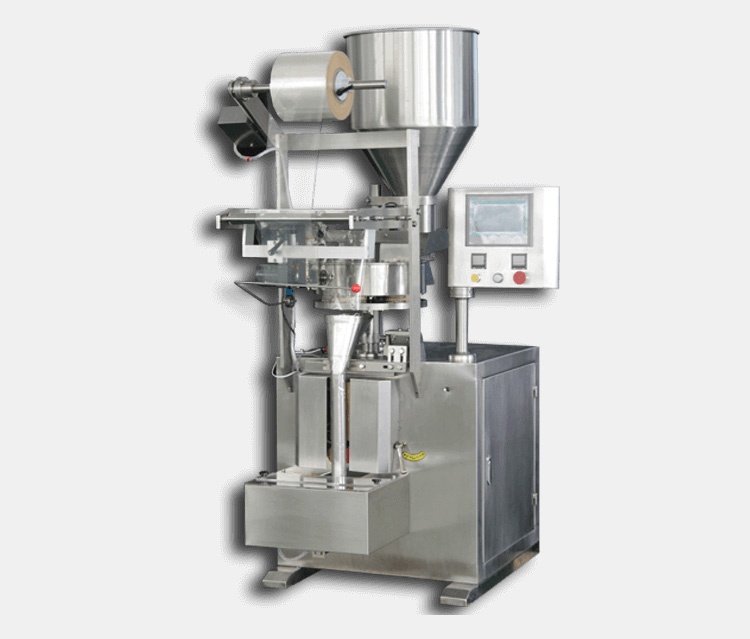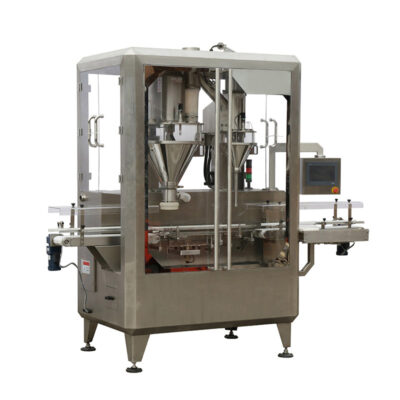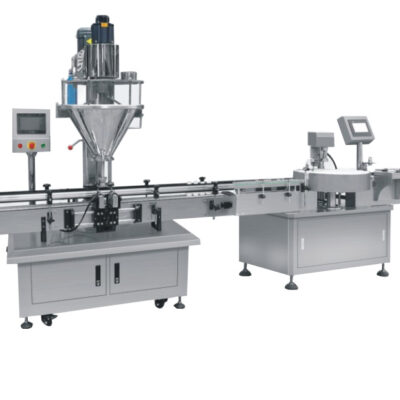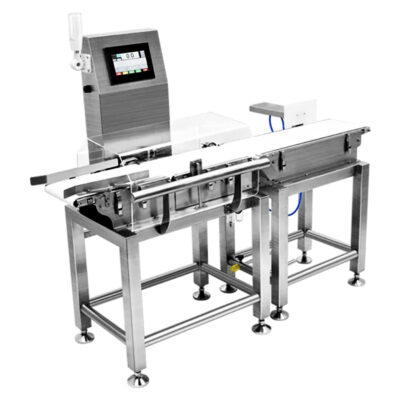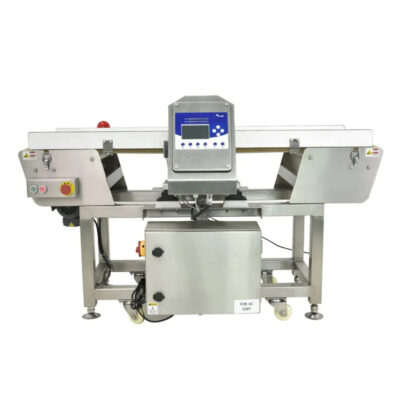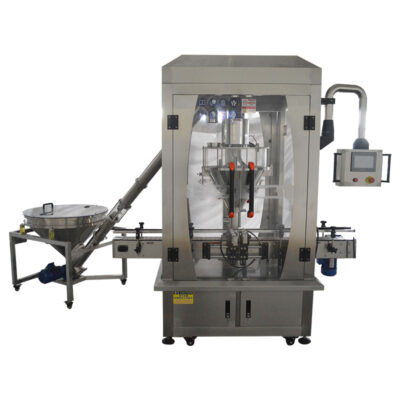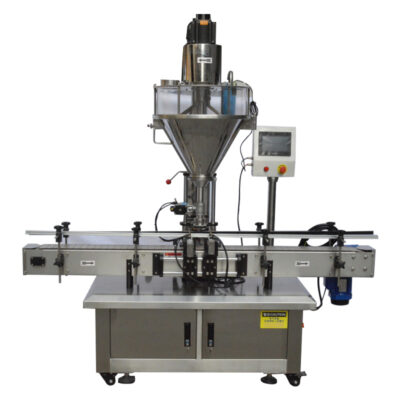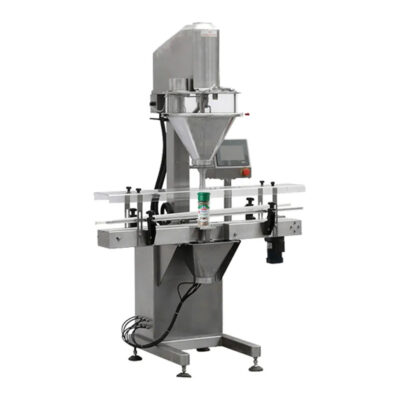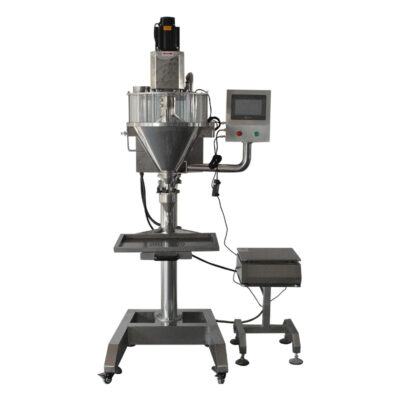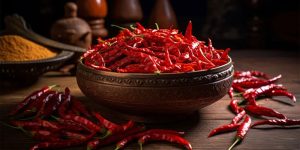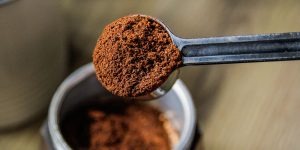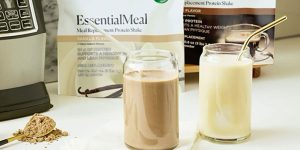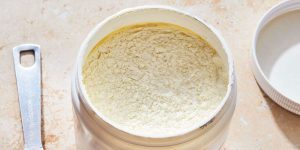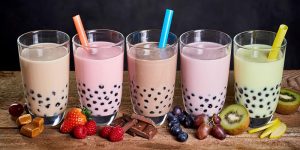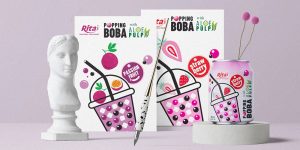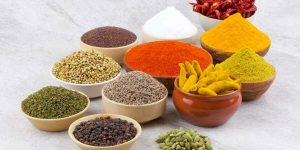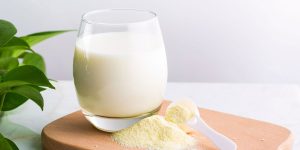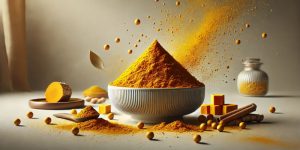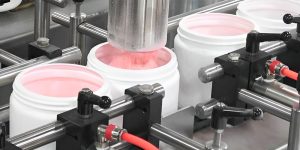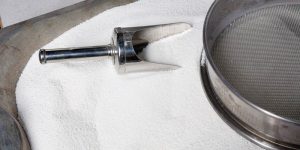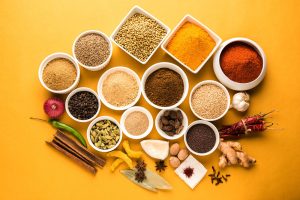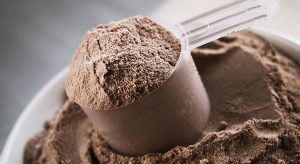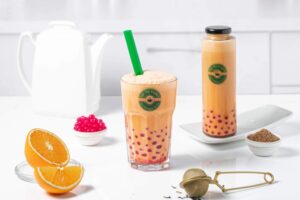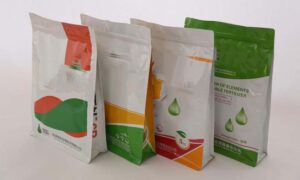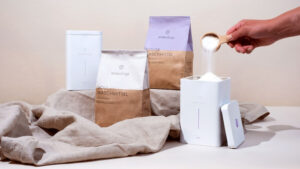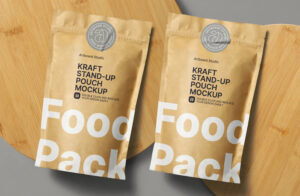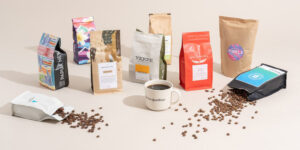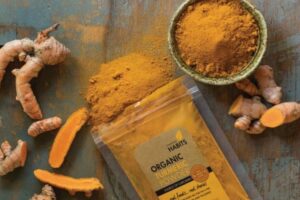Spice Packaging: The Complete FAQ Guide in 2025
Spice packaging is an integral element to keep the aroma, flavor, and taste of spices intact. They are not only used in the food industry but also have potential use in the medicinal industry. In this blog, a comprehensive note about the importance of spice packaging is discussed. Read on to learn everything related to spice packaging!
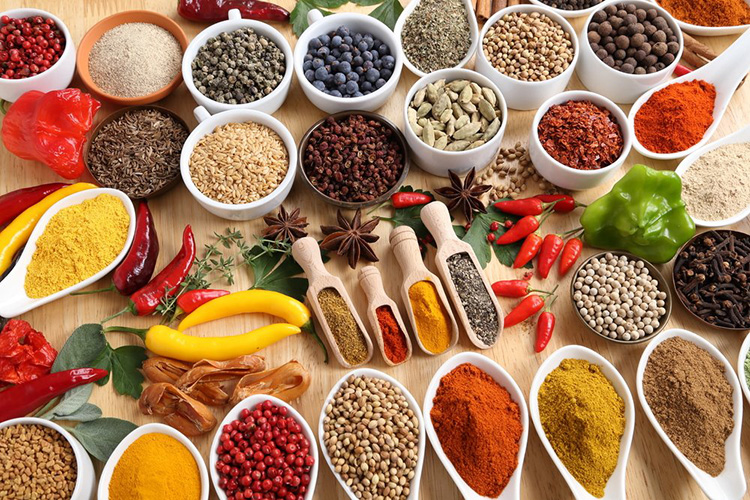
1.What Are Spices?
Spices are derived from plant’s sources such as barks, rhizomes, stem, roots, flowers, fruits, leaves etc. Spices majorly originated from India which contributes about 75% to the global market. Most of the spices are grown in tropical areas of the world , some are produced from cool misty highlands and some are made in temperate regions such as seed spices.
Spices are seasoning substances that are obtained from plant’s parts except for leaves. However the leaves are considered as a part of herbs but these two spices and herbs , are often simultaneously used and mixed. They are included to any recipe for giving it a savoring taste. They were utilised since ancient times in food, medicines and as preservatives. Spices are available today in many forms such as dried, fresh, ground dried etc.
2.Where Do Spices Come From?
Archaeologist suggests that from 50,000 BC when human wrapped meat in bushes leaves and discovered accidentally that it enhanced the taste of the food.
When they had a pleasant taste or odor from any part of the plant they started demanding more and eventually the trade was stimulated. In 2000 BC in the Middle East, cinnamon and pepper trade has been started.
Egyptians used spices for preserving death body from natural decaying effect. By 1000 China and India has a system in which herbs were used for medical purposes.
India has the greatest history of using spices which are not even recorded. Before Christian era, Greek merchant used to buy lots of expensive spices from India.
At the end of 16th century for Portuguese spice trade especially black pepper from India to Portugal was very profitable.
Today, India is considered as the spice trading hub all over the world with their own exporting organizations.
3.Spices= Good Or Bad?
If you consider the benefits of spices it might sound astonishing to you that they hold great advantages which made them being used in old times not only to flavor their food but also to gain medicinal and preservative properties from them.
Spices are known to have anti-inflammatory and anti-oxidant characteristics. They also refrain from diseases like Cancer and Alzheimer's. For overcoming nutritional insufficiencies spices play a great role to recover normal physiological functioning. Spices help to boost your immune system. Garlic is known for its beneficial cardiovascular effects.
Usually there are no adverse effects related to the use of spices however it differs from person to person. Some people might get allergic reactions to certain spices and overuse of few types of spice might irritate the gastrointestinal tract too.
4.Do Spices Offer Nutritional Value?
Speaking according to the nutritional aspects one receives from spices, they generally do not possess extra calories as they are added only in limited amounts to the food. Some of them contain carbohydrates, protein and fats too.
Paprika contains strong quantity of vitamin A. Similarly there are some spices that contain heavy amounts of minerals like calcium, iron and magnesium. As spices are said to hold antioxidant activity, they have phenolic compounds which aids in the absorption of nutrients.
Following are the spices which are rich in that particular nutrient.
| SPICES
● Black pepper |
NUTRITION
● Vitamins : A, B3 (Niacin), B9 (folic acid), C, K, choline, betaine. ● Minerals: Calcium, Copper, Fluoride, iron, magnesium, manganese, phosphorus, potassium, selenium, sodium, zinc. ● Fatty acids: Omega-3 and 6 ● Protein ● Dietary fibre ● Sterols : phytosterols |
||
| ● Ginger
● Chili
|
● Vitamins :
A, B3, B9, E, C, choline, betaine. ● Minerals: Calcium, Copper, iron, magnesium, manganese, phosphorus, potassium, selenium, sodium, zinc. ● Fatty acids: Omega-3 and 6 Protein, Dietary fibre, Sterols: Phytosterols ● Vitamins : A, B2 (riboflavin), B3, B6 (Pyridoxine),B9 (folic acid), E, C, K, choline, betaine. ● Minerals: Calcium, iron, magnesium, manganese, phosphorus, potassium, selenium, sodium, zinc. ● Fatty acids: Omega-3 and 6 Protein, Dietary fibre, Sterols: phytosterols |
||
| ● Turmeric | ● Vitamins :
A, B3, B6,B9, C, E, K, choline, betaine. ● Minerals: Calcium, iron, magnesium, manganese, phosphorus, potassium, selenium, sodium, zinc. ● Fatty acids: Omega-3 and 6 Protein, Dietary fibre, Sterols: phytosterols |
||
| ● Mustard seeds
|
● Vitamins: A, B 1 (thiamine), B3, B9, C, E, K, choline, betaine.
● Minerals: Calcium, iron, magnesium, manganese, phosphorus, selenium. ● Fatty acids: Omega-3 ● Protein ● Sterols : phytosterols |
||
| ● Clove | ● Vitamins: A, C
● Minerals: Calcium, magnesium, potassium. |
||
5.Top 10 Healthy Spices You Need To Know
Cinnamon
One without which most recipes feel inadequate, cinnamon is a type of spice that contains a compound called cinnamaldehyde which makes it responsible for having medicinal properties. What it is famously known for is its blood sugar-lowering effect which is said to be about 10-29% in fasting diabetic patients. It also has cholesterol-lowering and some antioxidant properties.
Sage
Sage dates back to ancient times, used for healing purposes and to cure the plague. Nowadays sage has proven beneficial health effects to cure Alzheimer’s disease by inhibiting the breakdown of the chemical acetylcholine. It also enhances brain function and memory.
Peppermint
Usually known in the form of its oil, peppermint relieves pain in those suffering from Irritable Bowel Syndrome. It also relieves nausea if used by aroma therapy.
Turmeric
Turmeric, or Haldi, is a wonderful Antioxidant because of its compound ‘curcumin’. It has many other health benefits which include strong anti-inflammatory activity, helping to decrease the risk of cardiac diseases, and improving Alzheimer’s condition too.
Ginger
Ginger is a spice which is used in many medicinal forms. It has powerful anti-inflammatory activity which helps to soothe pain , either it be reducing your arthritis pain or a painful migraine headache. Ginger also helps to fight away nausea and morning sickness.
Cayenne pepper
It contains a compound called ‘capsaicin’ which fights extra calories and burns down fat. Even in small quantities, it has power to kill food born pathogens. Cayenne pepper also has the ability to protect against H. Pylori infection.
Garlic
Treatment with garlic is said to lower the risk of cardiovascular diseases as it aids to decrease high blood pressure. Garlic also can boost your immune system and helps fight against cold.
Oregano
This type of spice is strong enough to have twenty times more powerful antioxidant properties in comparison with other spices. It can thereby help to combat infection, heart disease, and even cancer.
Cardamom
This spice is oftenly used in many Indian recipes as it has its own unique flavour. Cardamom is believed good for aiding digestive problems like indigestion, bad stomach and heartburn . It possesses Antioxidant properties which helps our body to fight away free radicals. Being rich in fibre content and also acting as a diuretic it is great for controlling high blood pressure too .
Saffron
Saffron is one of the expensive and greatly sought spice. However, its taste makes it harder to describe but it has excellent health benefits. It can help to fight away depression and also ease menstrual cramps.
6.Difference Between
A) SPICES AND HERBS
People always confuse spices and herbs with each other. Although these two are derived from same plants, there are some major differences between spices and herbs such as:
Plant Parts
Herbs are usually acquired from leaves of plants while spices are obtained from all plant parts except leaves like roots, stems, flowers and fruits. Sometimes spices are of seed or bark origin.
Flavour
Flavour wise spices and herbs are quite distinct since spices have a strong palate and aroma. The former are reasonably tangy.
Form
Spices are used mostly in ground or dried form for various purposes. Herbs are often used while they are fresh.
Use
In culinary, spices are mostly used for flavoring food while cooking. Preservation of food is also done by addition of spices. Herbs are frequently used for garnishing and seasoning food.
B) SPICES AND CONDIMENTS
In various world cuisines, spices and condiments are added for boosting savouriness. These both flavoring agents share some similarities but there are some basic differences between two for instance,
Usage
During food preparation, spices are used for enhancing taste of various dishes while condiments are found on the dining table and are added before serving food. Spices are found their use in cosmetics, perfumes, and medicines as well.
Medical Benefits
Spices have anti-oxidants and antimicrobial properties however condiments are just used for boosting savouriness of culinary.
Classification
Spices are categorized on the basis of their botanical origin such as
- Barks-cinnamon
- Seed-fennel
- Stigmas-saffron
- Condiments are classified on the basis of nature in two types
- Simple-pepper salt, garlic salt
- Compound-ketchup, mustard sauce
7.Fresh Spices Vs Dried Spices: Which Should You Use?
Spices contain fragrant compounds that supplement piquancy of food.
Nothing can beat the flavor of freshly harvested spices. They have more medical properties than dried ones due to presence of essential oils.
But at times it is difficult to have fresh spices when living in remote areas during winter season. In these cases dried spices will do the job.
Dried spices have more intense palate so it is best to use their minute quantities during cooking. There is no fixed ratio for the substitution of fresh spices with dried spices. However, freshly ground spices have sharp taste than pre-ground ones.
8.Are Spices Medicine?
To be honest, Yes and No! it is basically depending on how you use. Scientifically! Medicines are prepared by various procedures and really known as a drug. But, if we go more deeply, drug itself is prepared from natural substances such as phytophenol, and flavonoids, such as quercetin, epigenin. Etc.,
Traditionally spices played a significant role in lifestyle of people; it shows broad spectrum physiological and pharmacological effects. That’s why it is not only used as food but a good therapeutic agent.
Globally, spices are preferred over synthetic medicine for treating certain ailment such as constipation, Diarrhea, vomiting, cough, earache, etc., because they give potent effects such as purgative, laxative, carminative, diuretic, etc., with lesser to no side effects, so you can use them medicinally.
9.How Do Spices Affect Your Body?
Despite having beneficial effects of spices following are some conditions in which they may worsen your health.
Irritable bowel syndrome (IBS), dyspepsia, or inflammatory bowel disease. Spice may cause stomach problems in such conditions. So think carefully before picking any spice.
Careful handling of spices is also necessary as contact, with the eye or any sensitive area like a wound, may cause severe damage.
It is highly recommended that people cover their faces to avoid inhaling spice before using any spice while cooking to prevent any irritation in their noses.
Allergies to any constituent of spices make it lethal. For example, oregano in a diabetic patient may cause a decrease in blood sugar which may cause hypoglycaemia and the patient might be in a coma.
10.What Is The Best Way For Spice Packaging ?
Every packaging for spices has its own pros and cons, but resealable pouch packaging is the clear winner of all of them. There are several characteristics of pouches due to which they are considered ultimate best for packaging spices for instance.
- Offer impermeable barrier to moisture, oxygen, chemicals, outside aromas
- Are eco-friendly and green since use 75% less packaging material than bottles or rigid packaging
- Lightweight and customized with colorful graphics to attract consumers
- Can be reused and resealed after opening
- Cost efficient due to less price per unit
11.How Are Spices Manufactured? Step By Step Procedure
Are you wondering how ground spices reach your kitchen? Manufacturing of dried spices starts from farms from where they are harvested. There are some tricky steps involved in the preparation of ground spices such as:
Cleaning
After harvesting, next step is cleaning of crops in which dust, stones or grime are cleaned from yield and then washed with weak alkalis and water to remove contaminants and chemical residues.
Drying
In this step, spice are dried under sunlight or in certain roasted for retaining optimum moisture content. In industries various kinds of dryers are used for removal of moisture from spices.
Grinding or Pulverization
In grinding larger spices particles are crushed into smaller ones without comprising on their fragrance and tanginess. This step is carried out at low temperature since heat is generated in grinding. Cold air or liquid nitrogen is used in grinding for preserving savoury characteristics of spices.
Sieving
After grinding, the ground spices powder is passed through different-sized meshes for achieving uniformity in spice particle size.
12.Types of Machines used in Spice Packaging Processing?
You see several models of spice packaging processing machines when you go in market to buy said equipment. This creates confusion and makes machine selection process tiring. Here are some spices production machines for your understanding.
Dryer
These equipments use hot air, electric heat or steam for the drying of spices. The spices are loaded on a mesh belt and moved across the dryer by servo drives. The water vapors are pulled from spices by hot air and then are removed through discharge pipes.
Hammer Mills
They used impact force provided by the movement of rotor to pulverize the spices. Spices are fed into the drum by hopper while the knives or hammers present in drum, hit the spice particles repeatedly to grind them into smaller powdered form particles.
Pounding Machines
This equipment consists of heavy pounds fixed loosely on a vertical frame. The pounds move up and down on frame. Cams lift the pounds for dropping down on spices to crushing them. The cycle is repeated multiple times for grinding.
Impact Pulveriser
Rotors, hammers, and Whizzer classifiers are the three main components of an impact pulverizer. Spices enter through a hopper or feeder inside the crushing chamber. The hammer moved by rotors hits on bigger spices particles and breaks them into fine powders.
These ground particles are carried to the Whizzer classifier which screens the spices powders. The oversized particles from the classifier are transported again into the crushing chamber for regrinding.
13.What Are Spice Packaging Styles?
Packaging of spices is a way of conserving their crispness and fragrance. Good packaging offer spices a long life. However, there is wide range of spices packaging available in the market. Some of these are:
Bottle Packaging
For retail packaging of spices bottles are best option. These are long necked and wide mouth container either made from plastic or glass. Spices bottles are usually cylindrical or round but can be of squared shape as well. Clear bottles allow customers to see packaged products.
Tin or Jar Packaging
This is traditional form of packaging spices mostly popular in western world. These are prefect storage containers for spices because they help in maintaining tangy characteristics of spices for extensive period. Tins are mostly made from aluminium or steel. These materials have good recyclability.
Carton Packaging
Spices especially masala mixture comes in carton style packaging. This style of packaging is predominant in eastern world. First spices are packed inside aluminium bags then packaged in cardboard or kraftboard straight tuck cartons.
Filling capacity of these cartons is 15 grams to 500 grams. Carton packaging is popular because raw materials are readily available and cost-effective.
Pouch Packaging
Pouch packaging has become a champion for packaging over the years. Pouch for spices packaging have various attractive designs for instance
Stand-up Pouches
These pouches types are trendy and all in rage for packaging of spices. They stand upright in retail shelves hence are called stand-up pouches. Their top seal is easily torn away without big effort on consumer part. Zip-lock below the tear seal aids in resealing of pouches.
Flat Pouches
These pouches types are most wallet-friendly retail packaging. Flat pouches are simple in design therefore need less material for packaging. They are not comprised of any folding or gussets.
Pillow Pouches
Pillow pouches were first of its kind to be introduced in market. Since then they are routinely manufactured for packaging of spices. These pouches are offered both in resealable and non-resealable forms. Pillow pouches have centre seal in addition to top and bottom seal.
14.What is the Best Material for Spice Packaging?
Packaging material has a central place in packaging. Good packaging should withstand tough conditions of transport and distribution. There are a variety of materials exist in the market that you can choose for packaging your spices products.
Rigid Plastic
This involves the application of two common plastic types- high-density polyethylene (HDPE), and Poly ethylene terephthalate (PET).The bottles and jars are formed by rigid plastic materials. These provide better protection than flexible packaging.
Flexible Plastics
These are usually utilized for making pouches. Flexible plastics include Polyethylene (PE), Oriented Polypropylene (OPP), and Ethylene-vinyl alcohol (EVOH). These plastics are lightweight and do not deformed under stringent conditions.
Aluminium
This metal foil is mostly used for forming the inner lining of pouches. Aluminum has greater malleability and therefore can be shaped into a variety of packages. Moreover, it has high protective characteristics that are suited for maintaining aromas of spices.
Tin
Tin is durable and tough metal used in the manufacturing of tin cans for the packaging of spices. This metal offers airtight packaging to preserve freshness and nutrition of spices.
Cardboard
This material is secondary packaging material used for making cartons or boxes to pack spices. It is durable substance used for safe shipment of spices.
15.Are there any Requirement for Spice Packaging?
Spices require special care while handling, shipment, and delivery. It is imperative that spices must be packaged in protective materials for preserving quality and freshness of spices. Following requirements are important when it comes to spice packaging:
- It should act as protective barrier against environmental element such as heat, water content, oxygen, and light.
- Secondly, the packaging must lock aroma and flavors inside the packaging. Furthermore, it should prevent ingress of external colors inside spices.
- It must be made of resilient materials for zero product spillage and damage.
- Moreover, packaging must be impervious to oil and grease to prevent reactivity oils present in spices with packaging which results in unpleasant packaging with smudges of oil.
- This packaging material should be readily available, has good recyclability, easily printed on and should be flexible.
16.Top 5 Best Spice Packaging Machine Manufacturers
Making spices requires various equipment such as a grinder, dryer, mixer, Pulverizer, filling, sealing, and packaging machines. Selecting machines from good and reliable sources can boost your overall revenue. We have provided the world’s top 5 best spice-packaging machine manufacturers to rely on.
Amixon
A German company has been known for creating high-performance spice mixing, packaging, and tumbling machines for over 35 years. Their prominent products are multifunctional mixers, dryers, vacuum dryers, and seasoning tumblers. The prime focus of the company is the highest hygiene and construction of sterile products; that’s why the company shows a 60% export rate globally.
Aipak Pharmaceuticals
A Chinese market leader has known globally for producing high-tech machinery involved in manufacturing and distributing spices making equipment suitable for small and large scale. Their manufacturing program includes grinders, mixers, dryers, filling, sealing, and packaging machines. Through continuous research and expertise, Aipak has demonstrated high productivity due to good standard products.
Hosokawa Micron Powder Systems
A US company established in 1923 offers spice companies some of the better processing solutions. With more than thousands of various installations across the globe, Hosokawa fulfils customers’ needs wherever you are. Their equipment design includes size reduction, mixer, blender, dryers, fillers, and weighers.
Fitzpatrick Company
A reputable company mainly focused on equipment involved in compaction such as roller-compactor and milling machines since 1930. Their machineries are designed with in-depth processes as well as with extensive experience and knowledge. The world class cGMP compliant models are up to your expectation and ideal for your spice making system.
Bauermeister
The company is dedicated in providing machines particularly for food industry, and serving for more than 125 years. Their machines are preferred throughout the food production units for grinding spices, and other food material like sugar, starch, lactose. This company also manufactures an extensive range industrial equipment utilized in oil seed, cereals and chemical products.
17.What Are the Machines for Spice Packaging?
Spices are popular among food lovers. To meet high demands for spices manufacturers used high speed machines for their packaging. These equipments play a significant role in keeping spices fresh throughout their shipment and delivery journey.
Some basic spice packaging machines are detailed below:
Vertical Form Fill and Seal Machine (VFFS)
These machines have a vertical configuration and are commonly employed equipments for spice packaging. The pouches are manufactured using plastic, aluminium or paper roll. Pouches are usually rectangular or square in shape and are sealed by sealing bars. The powders are loaded by means of gravity inside the pouches and then horizontal sealing elements seal these packages from top.
Auger Filling Machine
These equipments are used for dispensing spices in bottles or jars by the rotation of auger screws. Auger drives are utilized for rotation of screws at the steady speed.
An accurate amount of spices powders goes from hopper to screws in each filling cycle. The powders are carried through dosing feeders into containers. Auger filling machines are increasingly employed in industries because of their precise filling.
Vibratory Filling Machines
In these types of spice packaging machines, the powders are filled inside the containers by the vibratory motion. Vibratory filling machines have resin plate which is connected to vibrators. The powders move from hopper to resin plate from where they are packed into containers after passing through holes of resin plates.
Vibratory filling machines are used for packaging finely grounded as well as coarse particle spices.
Sachet Filling Machines
As the name indicate these equipments packaged small quantities of spices into sachets having 3 or 4 side seals. These packages are formed by cutting the film into two panels (front and back).
After cutting, the panels are used for manufacturing sachets. Spice powders are loaded inside these partially made sachets. These packages are sealed from the top after filling and then are delivered to the shipment area.
Conclusion
Spices are an essential requirement of any dish offering flavors and nutritional benefits. This can be stored for a long if packed firmly and properly using excellent spice packaging lines. In this article, we tried to talk about entire aspects of spices, from health till final packaging. If you find any query about spices that we didn’t cover; let us know by sending us a short message- we’ll sure to answer you shortly.
Don't forget to share this post!
Powder Filling Machine Related Products
Powder Filling Machine Related Posts
Powder Filling Machine Related Videos
CONTACT US
Tell us your raw material and project budget to get quotations within 24 hours.
WhatsApp Us: +86 181 6426 8586

Want the best price & newest Sachet Filling Machines buying guide, tips and trends sent straightly to your box? Sign up for Aipak’s monthly newsletter, we’re free for your consultation and offer you the most suitable solutions!
The Buyer's Guide
- Capsule Filling Buyer's Guide
- Blister Packaging Buyer's Guide
- Tablet Counting Buyer's Guide
- Tube Filling Buyer's Guide
- Cartoning Buyer's Guide
- Gummy Making Buyer's Guide
- CO2 Extraction Buyer's Guide
- Empty Capsules Buyer's Guide
- Suppository Filling Buyer's Guide
- Tablet Coating Buyer's Guide
- Tablet Press Buyer's Guide
- Softgel Encapsulation Buyer's Guide
Most Popular
- 7 Importance Of Pharmaceutical Packaging In Different Applications You Must Know
- 6 Advantages You Must Know About Tablet Counting Machine
- 8 Advantages of Blister Packaging You Must Know
- 6 Critical Applications of Automatic Capsule Filling Machine
- 6 Stations You must Know to Improve the Filling Quality of Automatic Capsule Filling Machine
